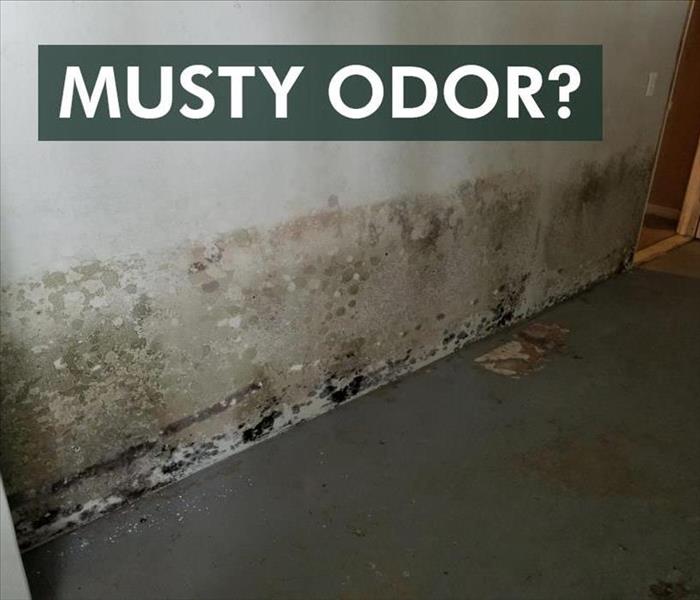Why Mold Can Grow in Your Building After a Flood
10/23/2019 (Permalink)
Why Mold Can Grow in Your Building After a Flood
If you are a commercial building owner or property manager, you know how much destruction a hurricane or heavy rain can cause. You are likely most concerned about flooding that results from this storm damage.
Unfortunately, floods do not just leave behind wet assets. They can also lead to excess bacteria and mold growth within your building. Mold spores, in particular, thrive in standing water and other moist areas.
Mold can spread quickly, as well. In fact, without proper mitigation, mold can appear within one to two days of the flood.
This mold can contaminate your property and make the building unsafe for employees. You thus need to take the following steps if you find mold while inspecting your office for flood damage.
- Avoid touching the visible mold
- Turn off any fans or HVAC systems to prevent the mold spores from spreading
- Do not spray disinfectants or bleach on the mold
- Do not attempt to dry wet areas on your own
Odor
Mold growth doesn’t just produce visible signs of damage, either. It can also create a musky odor that can distract your employees. The flood cleanup process should thus include the elimination of this smell.
Mold Remediation
Mold spores are present throughout outdoor and indoor environments. It is therefore impossible to completely remove mold from your property. Any company that promises to do this is lying to you. Instead, look for businesses that provide mold remediation services. These professionals will have the tools to safely and quickly reduce the amount of mold in your commercial building. They can also dry the flooded areas to prevent the excess mold from returning. Professionals can also clean off and restore any items within the building that were contaminated by the mold.
Mold growth in a commercial building can greatly disrupt a Silverthorne,CO, business. That is why your storm cleanup procedures need to address these spores before they spread.






 24/7 Emergency Service
24/7 Emergency Service
